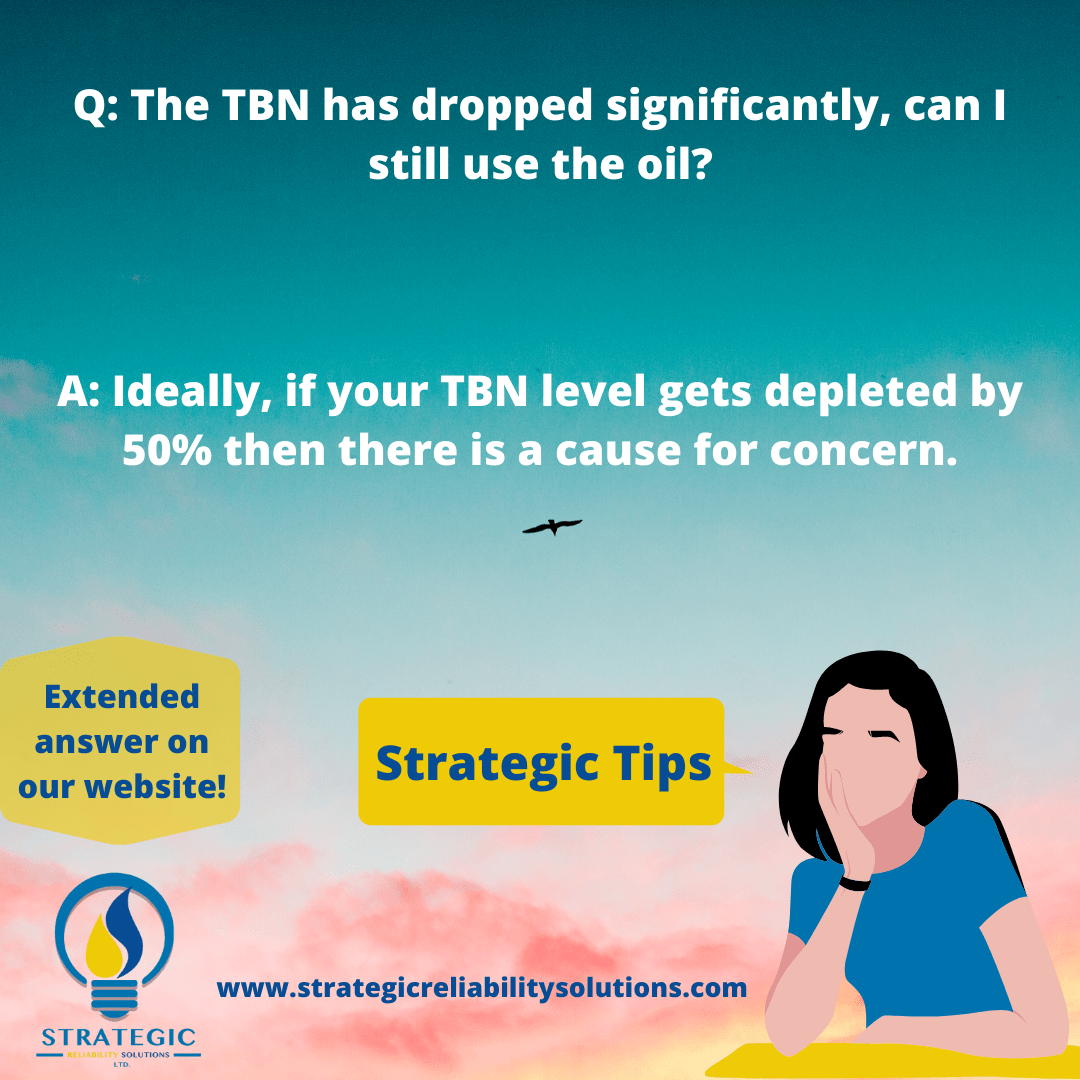Changing our motor oil is important and must be done regularly, but how do we dispose of the used oil in a safe and environmentally friendly manner? Approximately 42 gallons of crude oil are required to produce 0.5 gallons of new oil for lubricants. However, only one gallon of used oil needs to be converted into 0.5 gallons of new oil.
Hence, recycling used oil significantly reduces the number of resources required to produce new oil. There are numerous benefits to recycling used oil, which can help in the fight against declining resources. Let’s dive into this a bit more.
What is the Environmental Impact of Improper Disposal?
When motor oil reaches the end of its life, it can become contaminated with harmful pollutants, which can negatively impact the environment if improperly disposed of. Some of these can be toxic to plants, and it only takes the used oil from one oil change to contaminate one million gallons of fresh water! Therefore, we need to be mindful of the disposal of our oils.
Used motor oil can typically contain metal fillings (from engine wear), chemicals from by-products, and possibly fuel. Improper disposal, especially into waterways, can disrupt the supply of clean drinking water for many people. If this used oil seeps into the soil, it could also contaminate the water table and negatively impact plants and, by extension, humans who may consume these plants at some point.
Laws and Regulations for Disposing of Oil
The EPA (United States Environmental Protection Agency) provides guidelines in Title 40 of the Code of Federal Regulations, specifically CFR part 279, regarding the disposal of used oil. In the UAE, there are strict guidelines for the disposal of used oil; otherwise, individuals may face severe fines and legal action. These used oils should never be poured down drains, onto the ground, or into bodies of water.
Community Recycling Programs
Some communities have a local collection point for used motor oils, which they then take to the larger refineries. This way, a larger volume of oil is collected and recycled by the refineries.
Tips for Safe and Responsible Oil Disposal
Motor oils contain 30% additives; therefore, mixing them with other used oils may not be the best option for those trying to recycle them. Ideally, these oils can be reconditioned (where they are cleaned up) or re-refined (where they are reused as base stock). Collecting your used motor oil in a clean container and taking it to your local recycling facility, where it will be properly disposed of.
Some facilities may burn it to process it for energy recovery, using it as fuel after removing the water and contaminants. One gallon of used oil processed for fuel contains about 140,000 British thermal Units (Btus) of energy. Regardless of the method you choose to dispose of your used motor oil, ensure you do not harm the environment.
Find out more in the full article, "Engine oil types and how to choose the right one" featured in Precision Lubrication Magazine by Sanya Mathura, CEO & Founder of Strategic Reliability Solutions Ltd.










